Mosquitoes are a fact of life in Michigan during the summer time. If you live in Michigan during the summer, you are going to contend with mosquitoes at some point. There’s just no getting around that.
You can’t avoid mosquitoes, but you can protect yourself against them. The best way to do that is to understand how they work. We’re here to help with that. Here are our answers to the mosquito questions our customers ask us the most. If you want to make it through summer even relatively unscathed, here’s what you should know:
When does mosquito season start?
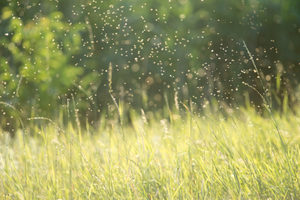 The primary factor that determines when mosquitoes reach peak activity is the outdoor air temperature. Air temperatures consistently around 50°F or higher are ideal for Michigan 60-odd mosquito species. When it gets warm enough, mosquitoes either awaken from hibernation or hatch from their eggs.
The primary factor that determines when mosquitoes reach peak activity is the outdoor air temperature. Air temperatures consistently around 50°F or higher are ideal for Michigan 60-odd mosquito species. When it gets warm enough, mosquitoes either awaken from hibernation or hatch from their eggs.
Usually, mosquitoes start emerging in Michigan around mid-May. On years when we experienced an early or abnormally warm spring, however, mosquitoes have emerged earlier than usual. Mosquitoes also reproduce throughout their season, so the earlier they get started, the more mosquitoes we have to worry about. As you’re no doubt aware, mosquito season is well underway in Michigan this year.
Why are mosquitoes so bad in the summer?
Heat affects how quickly mosquitoes grow at every stage of their life cycle. External temperatures determine the incubation period of mosquito eggs. The hotter it is outside, the faster mosquito eggs hatch. Hot weather allows mosquitoes to remain active longer, so they eat more and grow faster.
Mosquitoes that grow faster reach reproductive maturity faster and lay eggs faster… you see where this is going. Michigan’s summers tend to be humid as well as hot, which is even better for mosquitoes. Michigan’s mosquitoes rely on humidity to stay hydrated while they hunt. They also lay their eggs in sources of standing water. Mosquitoes populations are always highest during summer, but they’re particularly huge during wet summers. Expect more mosquito activity than usual the day after a rainstorm.
Where are mosquitoes most active?
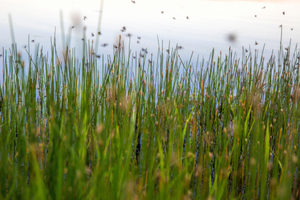 Although they can live just about anywhere, mosquitoes prefer to live near water. Mosquitoes require a water source to reproduce and lay their eggs. Most mosquitoes prefer stagnant, standing sources of water like swamps or bogs. They’re not picky, however, and they don’t need much water either. Virtually any quantity of stagnant water is sufficient for a mosquito to lay eggs in.
Although they can live just about anywhere, mosquitoes prefer to live near water. Mosquitoes require a water source to reproduce and lay their eggs. Most mosquitoes prefer stagnant, standing sources of water like swamps or bogs. They’re not picky, however, and they don’t need much water either. Virtually any quantity of stagnant water is sufficient for a mosquito to lay eggs in.
Mosquitoes also prefer living in dark, damp areas. Like any living thing, mosquitoes can become dehydrated and die. Though they thrive in heat, sunlight overheat and dehydrate too quickly. Living in dark, damp areas allows mosquitoes to stay active longer and reproduce more frequently. The ideal mosquito hot spot is a still pool of water located in a relatively heavily-forested area. If you live near water and/or sources of thick vegetation, expect a heavy mosquito presence near your home.
When are mosquitoes most active?
Mosquitoes are active all the time, but they’re most active at dawn, dusk, or nighttime. Mosquitoes don’t hunt quite as aggressively during the middle of the day because they don’t want to dry out in the hot summer sun. When the sun isn’t beating down at full strength, mosquitoes feel much more comfortable. They’ll stay out hunting longer and range much further from their usual, dark and humid haunts.
Keep in mind, however: mosquitoes are always active somewhere, even if you can’t see them out in the open. If mosquitoes can keep cool and hydrated enough to manage it, they’ll happily hunt and swarm all day. If you’ll be near a shady forest, lake, or swamp, prepare for mosquitoes no matter what time it is.
How do I keep mosquitoes away from my home?
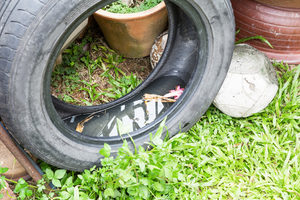 Mosquitoes can hunt anywhere, but they only live where they have a reliable source of water. If you can keep them from getting that water, you won’t have to deal with mosquitoes reproducing and laying eggs near your home.
Mosquitoes can hunt anywhere, but they only live where they have a reliable source of water. If you can keep them from getting that water, you won’t have to deal with mosquitoes reproducing and laying eggs near your home.
Look for and clean up any sources of stagnant, standing water both inside and outside your home. Outside your home, fix leaking faucets, hoses, and other plumbing fixtures. Look for places where puddles may naturally form on your lawn after rain or while you’re sprinkling. Remember: mosquitoes don’t need much water at all. Even tiny puddles left behind in drainage ditches, planters, storm drains, or plant baskets provide more than enough. Inside, make sure your sump pump works, fix plumbing leaks, and consider investing in a dehumidifier.
How do I keep mosquitoes away while I’m outside?
Apply bug spray whenever you’re going to spend time outside, especially in areas where mosquitoes may be prevalent. Apply the spray as often as its label specifies to any uncovered areas of your body except your face. If you’re going to spend time in an area where mosquitoes will be prevalent, wear long clothing. Cover vulnerable areas such as your armpits, knees, elbows, and ankles as much as possible.
Avoid spending an extended period of time outdoors after dark, especially in mosquito-prone areas. If you’re camping or participating in a similar outdoor activity, bring appropriate mosquito barriers. Make sure you have enough bug spray at all times, and continue to apply it regularly. Sleep and, if possible, eat under a mosquito net. Keep your campsite clean and clutter-free, and make sure there’s no standing water nearby.
If the mosquitoes around your home have become intolerable, don’t hesitate to give Griffin a call. We’ll help keep the bloodsuckers away so you don’t have to be afraid to walk outside your own home.

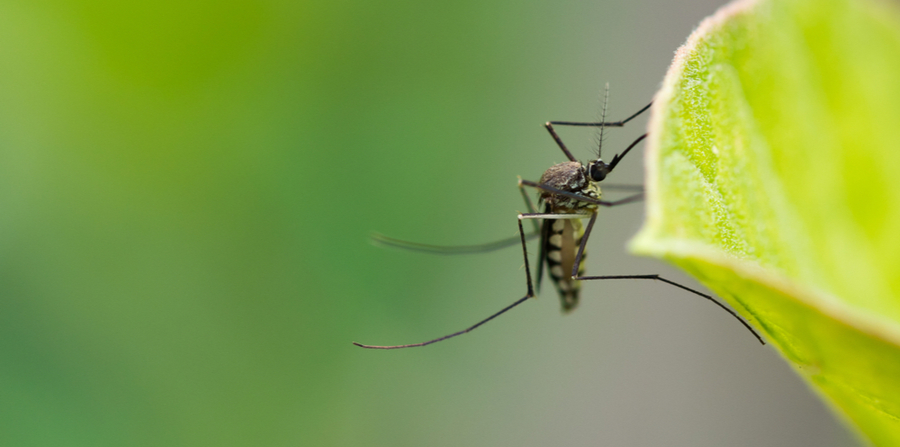
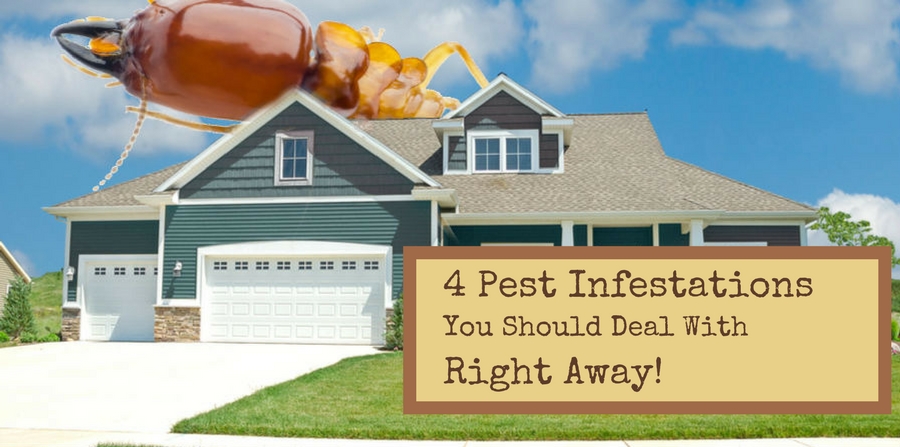
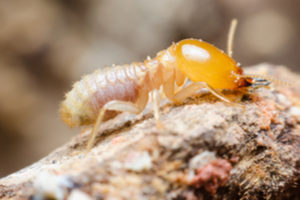 Did you know that termites never sleep? In fact,
Did you know that termites never sleep? In fact, 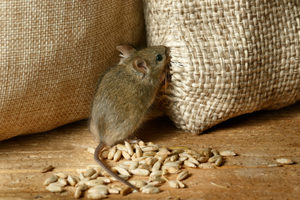 Nobody wants
Nobody wants 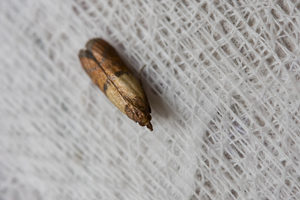 There are two main “categories” of pest moth:
There are two main “categories” of pest moth: 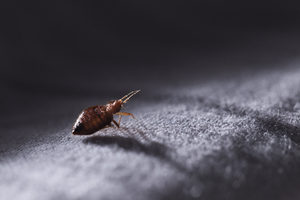 This one seems particularly obvious.
This one seems particularly obvious. 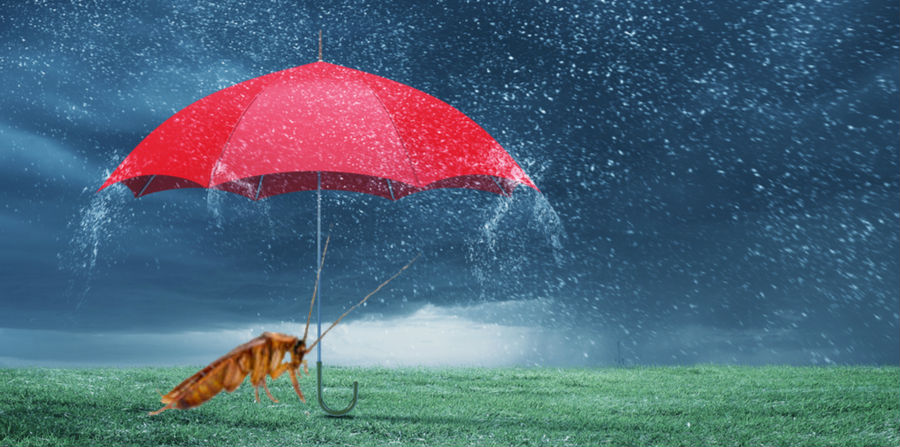
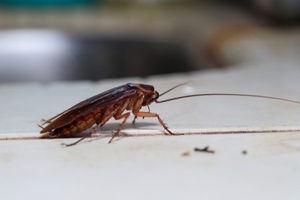 Cockroaches
Cockroaches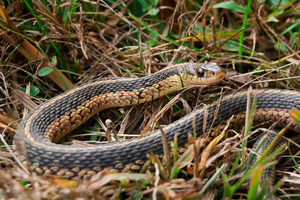
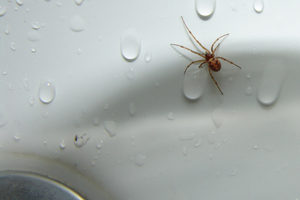 For most pests, heavy rainfall is a nuisance. While it can be a nuisance for
For most pests, heavy rainfall is a nuisance. While it can be a nuisance for 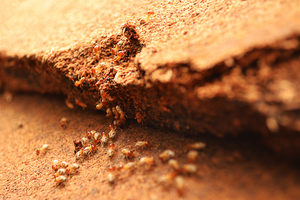 Everyone knows
Everyone knows 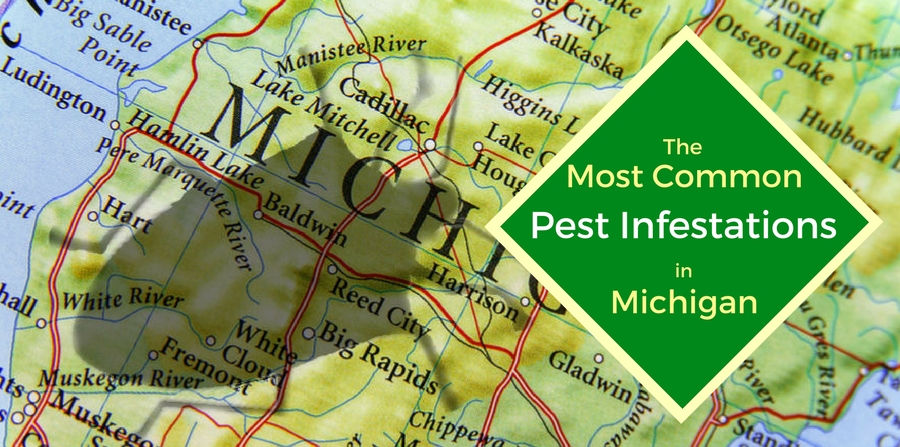
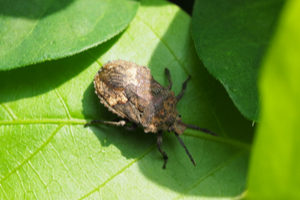 The brown marmorated stink bug is
The brown marmorated stink bug is 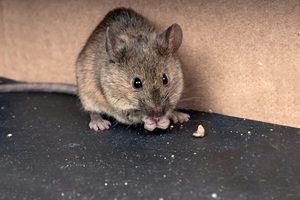 Admittedly, mice and rats aren’t just the among the most common of pests in Michigan. Anywhere people live, chances are mice and rats are scampering around trying to live alongside them. They’ve been at it long enough, in fact, that rodents have evolved into the ultimate human-home infiltrators. Mice and rats use their sense of smell and
Admittedly, mice and rats aren’t just the among the most common of pests in Michigan. Anywhere people live, chances are mice and rats are scampering around trying to live alongside them. They’ve been at it long enough, in fact, that rodents have evolved into the ultimate human-home infiltrators. Mice and rats use their sense of smell and  Despite being equally prevalent,
Despite being equally prevalent, 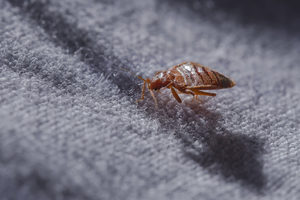 As we’ve explained before, everyone’s least-favorite bedfellows have had
As we’ve explained before, everyone’s least-favorite bedfellows have had 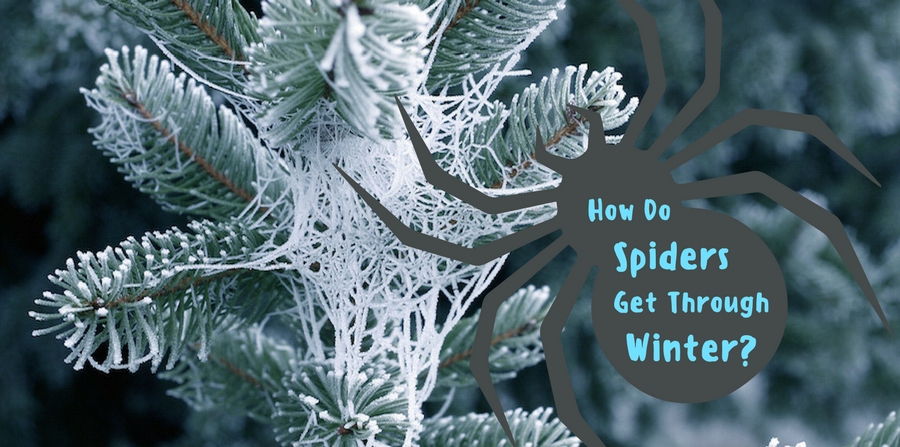
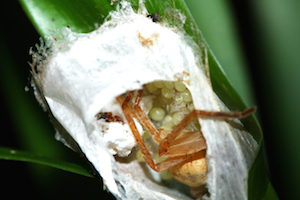 Spider eggs can’t survive freezing temperatures, so spiders that want their eggs to survive winter have to get creative. Many spider species mate and produce their eggs
Spider eggs can’t survive freezing temperatures, so spiders that want their eggs to survive winter have to get creative. Many spider species mate and produce their eggs 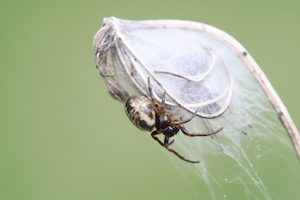 If it wasn’t obvious already, spiders are quite resourceful! Some spiders survive winter by
If it wasn’t obvious already, spiders are quite resourceful! Some spiders survive winter by 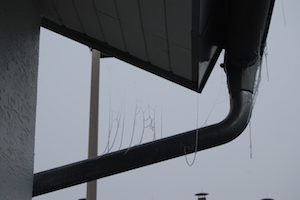 Spider species native to cold climates have been developing adaptations to freezing temperatures for centuries. When these spiders sense dropping temperatures, they begin accumulating
Spider species native to cold climates have been developing adaptations to freezing temperatures for centuries. When these spiders sense dropping temperatures, they begin accumulating 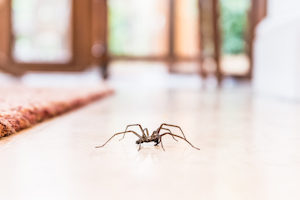 Without the ability to survive freezing temperatures, spiders need shelter to make it through winter. What better shelter could there be than your home? After all, it works for you! Like many pests, some spider aggressively attempt to enter enclosed shelters in fall and winter.
Without the ability to survive freezing temperatures, spiders need shelter to make it through winter. What better shelter could there be than your home? After all, it works for you! Like many pests, some spider aggressively attempt to enter enclosed shelters in fall and winter.